The ideal is to start working on fine motor skills from the age of two, programming short sessions with simple games so that the child can exercise his fingers. For this we can use different types of dough or plasticine so that you can squeeze, since that way you will be more precise with the movement of your fingers. Do not forget that you can see many more fine motor exercises in this link .
After achieving this first objective, we must zoom in on the pencil. The smaller your hand is, the bigger the pencil should be, so it is highly recommended to start with waxes or crayons due to its great thickness.
The child can practice on a small sheet or on a large sheet, although the latter is more recommended for the use of waxes. We will carry out 3 sessions:
- The first week you will make straight lines on a sheet.
- The second week you should make circular strokes .
- The third week you will make triangular strokes .
The important thing is that the child gradually gets used to something similar to a pencil, and we must not forget to close the sessions with modeling mass. This combination will be more than enough so that in a short time the child will be able to pick up a pencil.
When we see that your hand has become well used, we can move on to the next stage:
First we must teach the child in what position the fingers should be on the pencil. If at first it is somewhat uncomfortable, we can use several tricks :
- Using triangular pencils
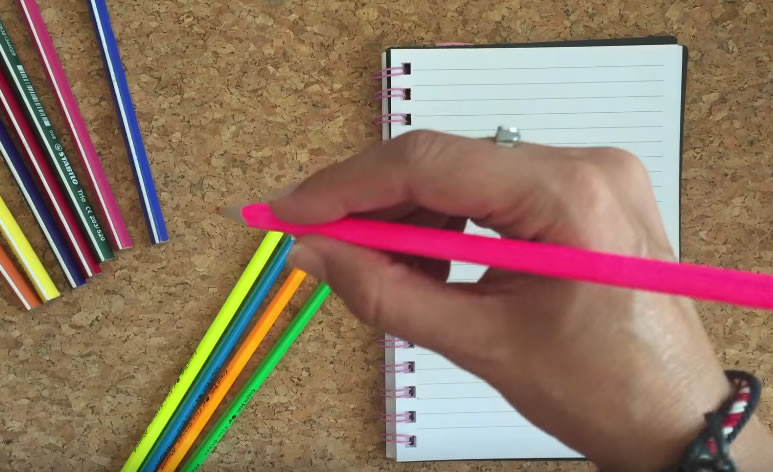
- Adapters
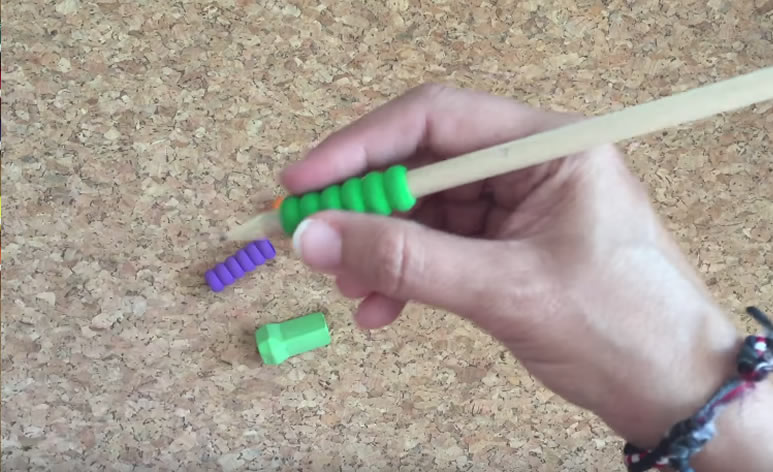
- Polystyrene ball and an elastic band : we grab the polystyrene ball and surround it together with the pencil with the elastic band to facilitate the grip

- Polystyrene ball pierced with the pencil itself
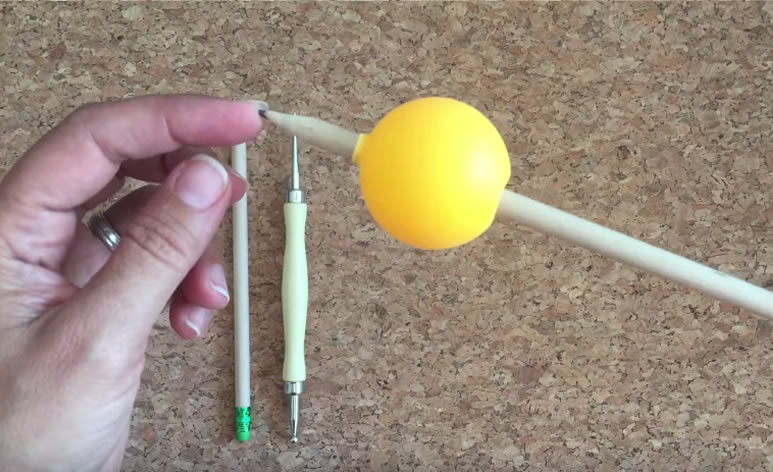
- Using a clothespin
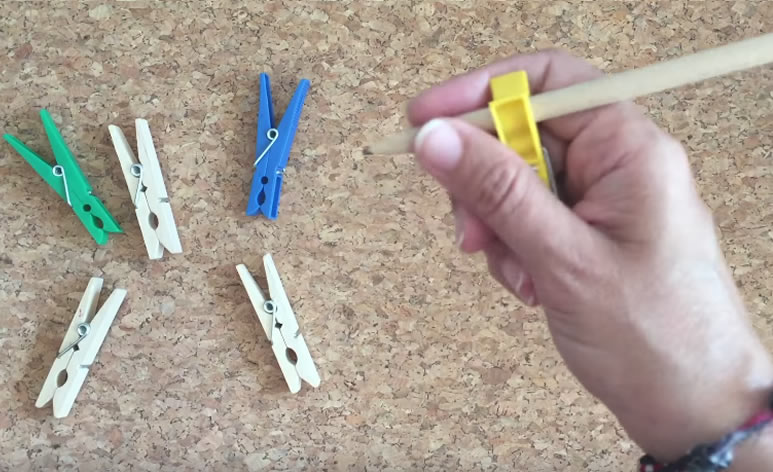
- Eva rubber wrapping the pencil
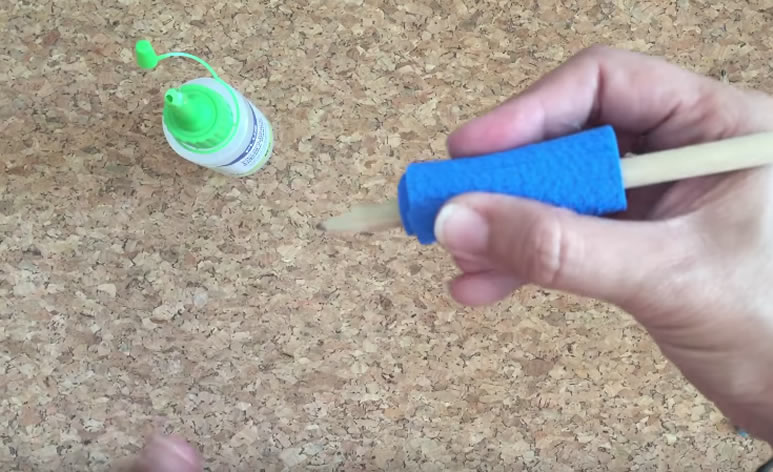
Once the hand and fingers have been accommodated, the child can use a smaller notebook , and the same as he did on the large sheets with the waxes, he can do it there so that he can adapt to that new space . Ideally, use a lined notebook in this process.












































































































Excellent information